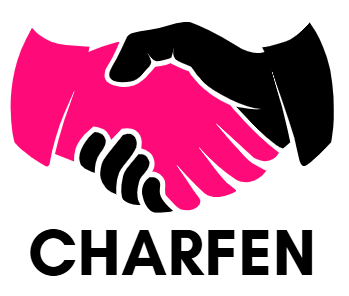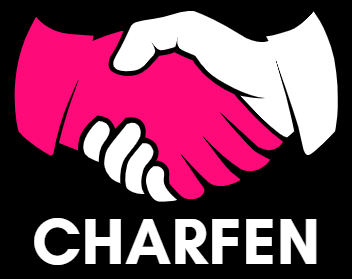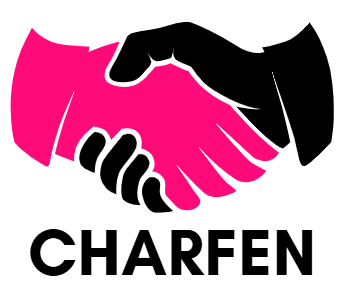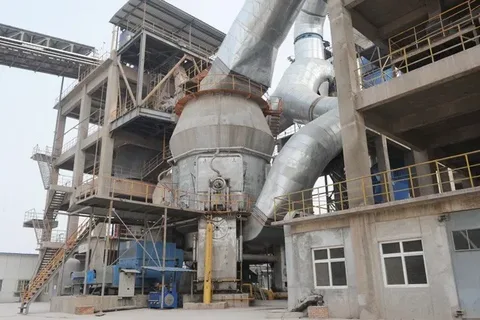The cement industry has always been driven by innovation—whether it’s increasing production, lowering emissions, or improving energy efficiency. But today, we’re entering a new era. With the power of Artificial Intelligence (AI) and the Internet of Things (IoT), cement plants are now turning their attention to smart automation.
One of the biggest transformations is happening in the core of cement production—the grinding process. And at the heart of it lies the Vertical Roller Mill. But it’s not just any vertical roller mill anymore. It’s an AI-powered one, delivering smarter, faster, and more efficient results than ever before.
Let’s explore how AI and IoT are revolutionizing cement grinding, how vertical roller mills are evolving with these technologies, and why industry leaders like Cementl are setting the pace.
What is a Vertical Roller Mill?
A Vertical Roller Mill (VRM) is an industrial grinding machine used widely in cement production. Unlike traditional ball mills, VRMs crush materials between rotating rollers and a grinding table to create fine, consistent particles. They are compact, efficient, and consume significantly less energy—making them a favorite in modern cement plants.
But now, with AI and IoT, VRMs are becoming even more intelligent and efficient.
The Smart Revolution: AI Meets Cement Grinding
Traditionally, the grinding process in a vertical roller mill required constant manual monitoring. Operators had to tweak settings based on their experience, which could result in fluctuations in product quality or energy efficiency.
Today, thanks to AI-powered systems and IoT sensors, vertical roller mills can monitor themselves. Here’s how it works:
1. Real-Time Data Collection
IoT-enabled sensors are installed on every critical part of the vertical roller mill—from temperature and pressure sensors to vibration monitors. These sensors continuously send real-time data to a central system, eliminating guesswork.
2. AI-Driven Decision Making
AI algorithms analyze this data in real time and make smart adjustments to optimize grinding pressure, feed rate, and separator speed. This ensures the grinding process runs at peak efficiency while maintaining consistent product quality.
3. Predictive Maintenance
With smart diagnostics, AI can detect signs of wear or performance drops before they lead to equipment failure. This prevents downtime and reduces the need for emergency maintenance, saving both time and money.
Benefits of AI-Optimized Vertical Roller Mills
The integration of AI and IoT into cement grinding processes brings huge benefits:
- Up to 10–15% additional energy savings beyond traditional VRM efficiency
- Reduced maintenance costs through predictive analytics
- Consistent product quality, regardless of operator skill level
- Faster decision-making and automated control systems
- Increased mill uptime with real-time alerts and remote diagnostics
These are not just theoretical benefits—they’re real improvements that cement plants are already experiencing.
Cementl: Leading the Way in Smart Grinding Technology
As one of the most forward-thinking brands in the industry, Cementl is pioneering the next generation of AI-powered vertical roller mills. Their smart VRM systems are designed to integrate seamlessly into existing operations while unlocking new levels of performance.
Cementl’s mills are equipped with:
- IoT-enabled sensors across all mechanical components
- AI-powered control platforms that auto-optimize grinding parameters
- Remote diagnostics dashboards for plant managers and engineers
- Energy optimization software to minimize waste and lower carbon emissions
With Cementl, plants can take the guesswork out of grinding and focus on high-yield, low-impact production.
Real-World Impact: Smarter Mills, Better Results
A mid-sized cement plant in Europe upgraded to a Cementl AI-driven vertical roller mill in 2023. The results were immediate:
- 11% reduction in energy use within the first quarter
- 23% decrease in unplanned downtime thanks to predictive maintenance
- 30% improvement in output consistency
- 20% less manual intervention, freeing up the workforce for higher-level tasks
This is just one example of how AI and IoT are reshaping the cement industry—one smart mill at a time.
The Future is Smart—and Vertical
In a world where efficiency, sustainability, and digital transformation are at the core of every industry, cement plants can no longer afford to ignore smart technology. AI-powered vertical roller mills are no longer a luxury—they’re quickly becoming the standard.
Brands like Cementl are setting the benchmark by delivering intelligent, energy-efficient grinding solutions that help cement producers stay competitive while meeting environmental goals.
Final Thoughts
The cement industry is evolving—and the vertical roller mill is evolving with it. With AI and IoT integrated into its core, today’s VRM is more than just a grinding machine—it’s a smart partner in sustainable manufacturing.
If you’re looking to boost efficiency, reduce energy costs, and modernize your cement plant, it’s time to explore the AI-powered vertical roller mills from Cementl. The future of cement grinding has arrived—and it’s smarter than ever.











